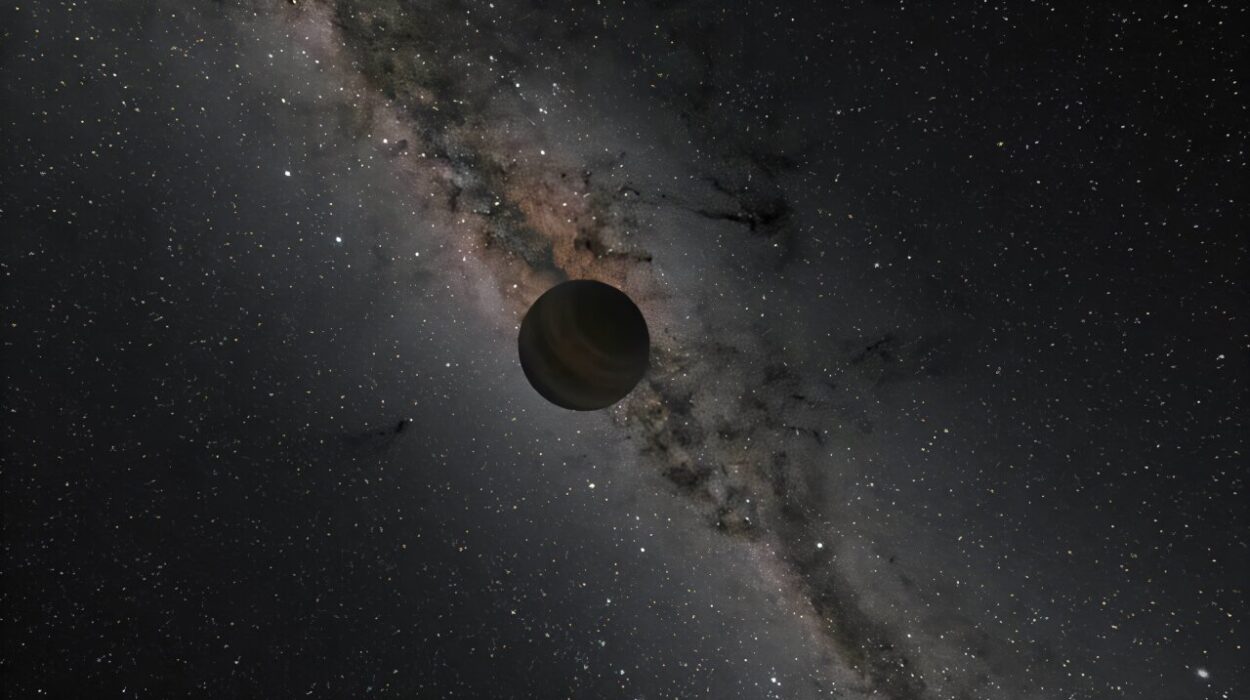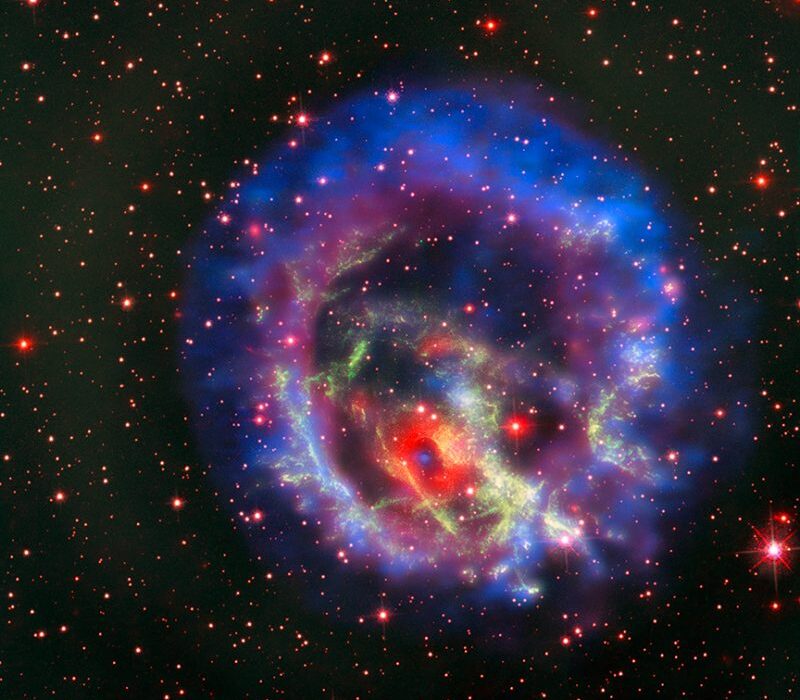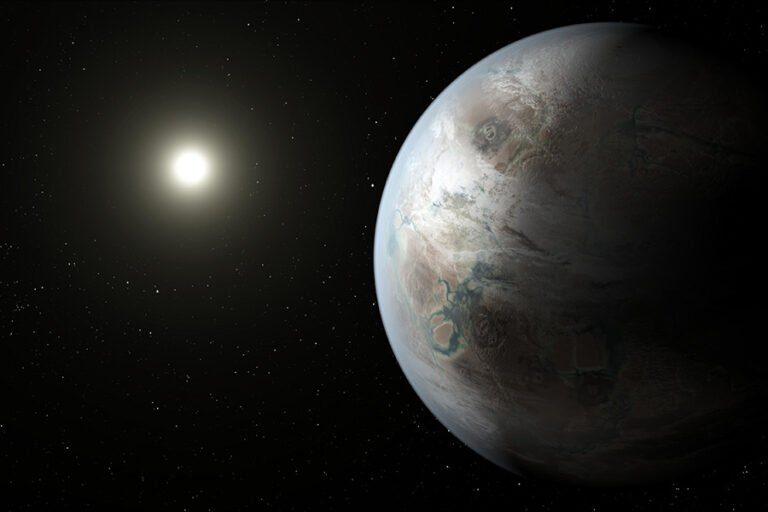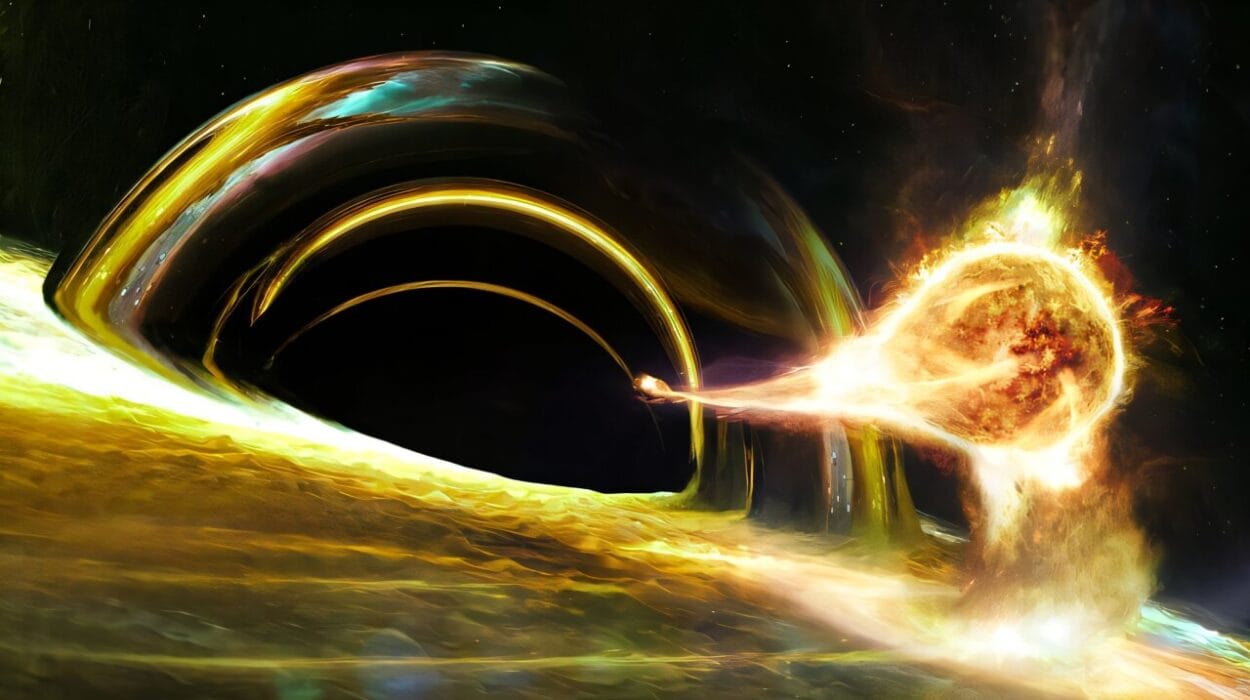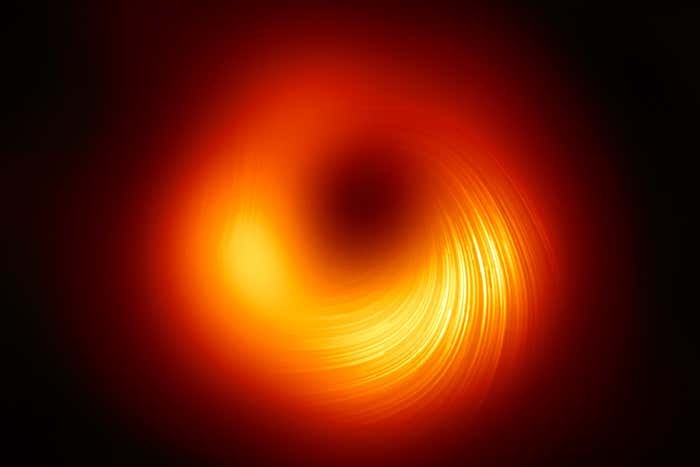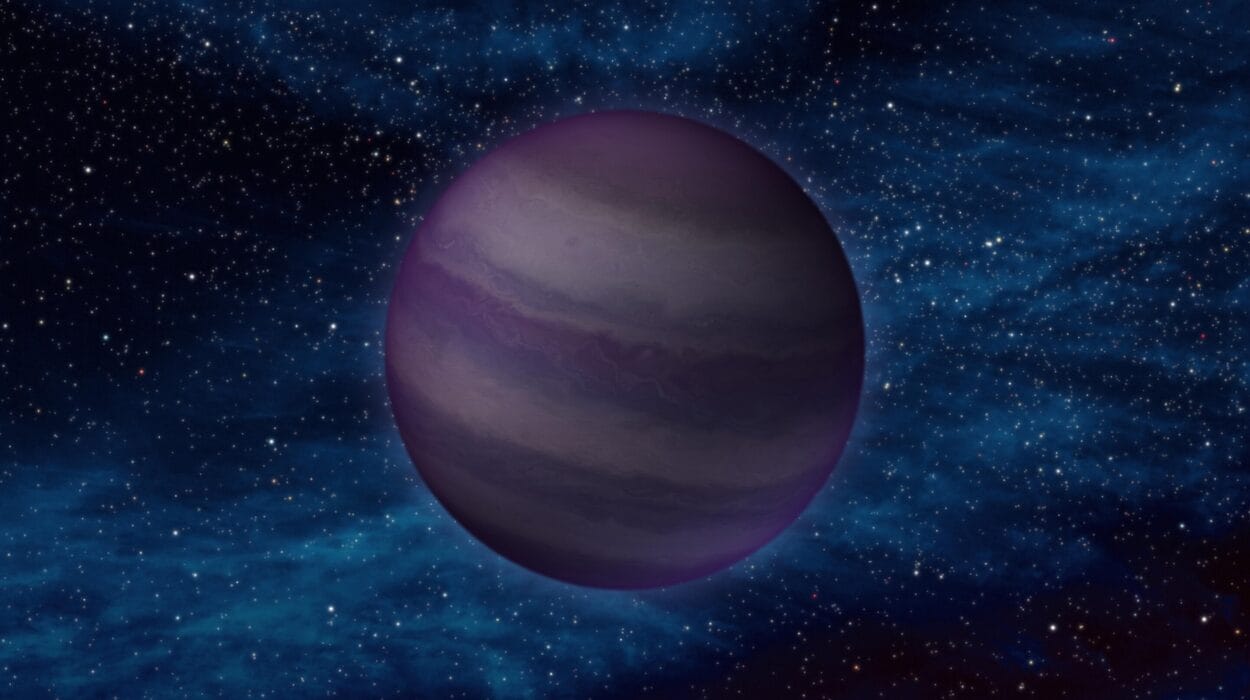When we imagine the end of the universe, we usually picture a cold, desolate, and distant future—trillions upon trillions of years from now. But a bold new study by three Dutch scientists might change that timeline dramatically. Their calculations, published in the Journal of Cosmology and Astroparticle Physics, suggest that the universe could meet its quiet, evaporative end much sooner than we believed.
Forget everything you thought you knew about the slow fade-out of the cosmos. According to physicist Heino Falcke, quantum researcher Michael Wondrak, and mathematician Walter van Suijlekom from Radboud University in the Netherlands, we may have dramatically overestimated how long the universe’s final embers will flicker.
The Spark: Hawking Radiation Revisited
The story begins with the legendary physicist Stephen Hawking. In 1975, he proposed that black holes—once thought to be cosmic dead ends—aren’t entirely black. Quantum effects at the event horizon, the boundary of a black hole, could allow energy and particles to escape in the form of what became known as Hawking radiation. Over time, this leakage would cause black holes to lose mass and eventually evaporate altogether.
At first, the idea was radical. But over the decades, it has become a cornerstone of theoretical physics. The problem? Hawking radiation is infinitesimally weak and nearly impossible to observe directly. Still, it hinted at a poetic fate for black holes: they too would die.
A Revelation Beyond Black Holes
Fast forward to 2023. Falcke, Wondrak, and van Suijlekom published a revolutionary extension of Hawking’s idea: the process might not be exclusive to black holes. Under certain conditions, any object with a strong gravitational field—like a neutron star or a white dwarf—could slowly evaporate through a similar mechanism.
This suggestion rattled the scientific community. Could entire stars, stripped of their nuclear fuel and left to quietly fade, also be leaking quantum radiation into space?
After the initial shock, a natural question followed: How long would it take?
Answering the Cosmic Countdown
In their latest study, the Radboud trio took on this question head-on. Using a complex mixture of quantum field theory, gravitational equations, and mathematical modeling, they calculated the evaporation times for various cosmic objects—ranging from neutron stars to the Moon and even humans.
Their conclusions were staggering.
Previous estimates, based on conventional physics and ignoring the extended Hawking-like radiation effect, predicted that white dwarf stars—the charred remnants of sun-like stars—would last up to 10^1100 years. That’s a number so large it barely feels real. But with the new model? That lifetime shrinks to just 10^78 years.
Yes, 10 followed by 78 zeroes is still a cosmic eternity. But compared to 10^1100, it’s a sudden and dramatic shortening of the universe’s life expectancy.
Evaporation Timeframes: Who Dies When?
To understand the sheer scope of this recalculation, consider the timeline of cosmic evaporation according to this new model:
- Neutron Stars and Stellar Black Holes: 10^67 years
- White Dwarfs: 10^78 years
- The Moon or a Human Body: 10^90 years
What’s particularly surprising is that neutron stars and black holes, despite their different properties, would evaporate at roughly the same rate. Black holes, it turns out, absorb some of their own radiation due to the lack of a physical surface. This self-absorption slows their decay, putting them on par with their neutron cousins.
Michael Wondrak explains, “Black holes don’t have surfaces like other stars. That absence means some radiation just falls right back in.”
Meanwhile, white dwarfs—dense but cooler and less exotic—cling on far longer, only surrendering their mass particle by particle over nearly unimaginable spans of time.
A Touch of Humor in Serious Science
While the calculations are grounded in serious quantum and astrophysical theory, the researchers approach their work with a blend of curiosity and playfulness. Why stop at white dwarfs and neutron stars? Why not calculate the evaporation time for the Moon or even a human being?
According to their formulas, both would take around 10^90 years to completely vanish through Hawking-like radiation. That’s absurdly long, especially considering we’ll likely be destroyed by more mundane processes (supernovae, asteroid impacts, or just plain entropy) long before then.
Walter van Suijlekom chuckled when reflecting on their unconventional estimates. “Of course, these numbers aren’t practical forecasts for the Moon’s demise,” he said. “But they help us probe the theory’s boundaries. That’s where real discovery often happens.”
What This Means for the End of Everything
Let’s zoom out for a moment.
For decades, physicists imagined the end of the universe as an almost endless period of gradual cooling and fading, where stars burned out, black holes evaporated, and all matter dissipated into a thin soup of energy and particles—a “heat death” that might occur after 10^1000 years or more.
Now, with this recalculated timeline, the slow fade looks a little less slow.
Still, we’re talking about spans of time that dwarf human history, Earth’s age, and even the lifetime of galaxies. Ten to the seventy-eighth power years is so far beyond our comprehension that the difference might seem academic. But for physicists chasing the ultimate fate of the universe, it’s a seismic shift.
A Theoretical Breakthrough
So how did the researchers arrive at such a drastic revision?
The secret lies in a nuanced reinterpretation of Hawking radiation itself. Their work suggests that the evaporation process doesn’t depend solely on mass or gravitational pull but also on density—the amount of matter packed into a given volume. Because neutron stars and black holes share similar extreme densities, their evaporation timelines converge.
This theoretical insight could push the boundaries of what we know about quantum gravity—a long-sought fusion of general relativity (Einstein’s playground) and quantum mechanics (the realm of the very small).
“We hope that by studying these edge cases,” van Suijlekom said, “we can get closer to uniting the two great theories of physics.”
From Radboud to the Stars
That this work emerged from Radboud University, not a household name outside of academic physics, adds an underdog charm to the story. The trio’s collaboration—combining expertise in quantum theory, black hole physics, and advanced mathematics—proves the power of interdisciplinary research.
And their boldness in asking speculative, even whimsical questions—“What about the Moon?”—reminds us that science thrives on curiosity.
Still Time to Breathe
Should we be worried? Not remotely. Even if the universe’s lifetime is “only” 10^78 years, that’s still an eternity by any reasonable measure. Earth itself will likely be uninhabitable within a mere billion years due to the sun’s expansion. Civilizations will rise and fall countless times over before Hawking-like radiation even becomes relevant.
But for physicists, philosophers, and stargazers, this research forces us to rethink the ultimate fate of the cosmos. It adds texture to the narrative of our universe, showing that even the quietest deaths—particle by particle, whisper by whisper—can be surprising, even beautiful.
Chasing the Final Flicker
In the end, the trio’s work doesn’t just alter a number. It stirs the imagination.
What does it mean to live in a universe that evaporates? Could we ever detect this process? Might it lead to new insights about dark energy, quantum gravity, or even the origins of the universe itself?
Falcke, Wondrak, and van Suijlekom aren’t claiming to have all the answers. But by daring to ask such vast, open-ended questions—and backing them with rigorous math—they invite us all to wonder, once more, about the universe’s final breath.
And maybe that’s what science is really about.
Reference: H. Falcke et al, An upper limit to the lifetime of stellar remnants from gravitational pair production, Journal of Cosmology and Astroparticle Physics. On arXiv (2024). DOI: 10.48550/arxiv.2410.14734

